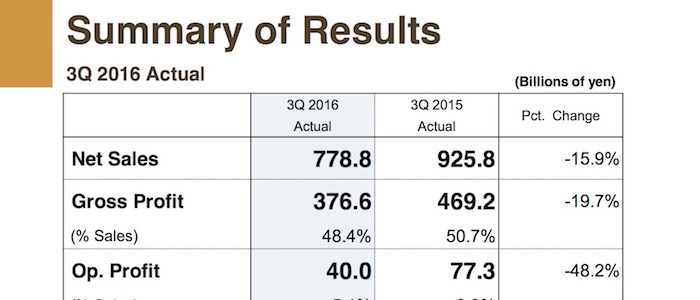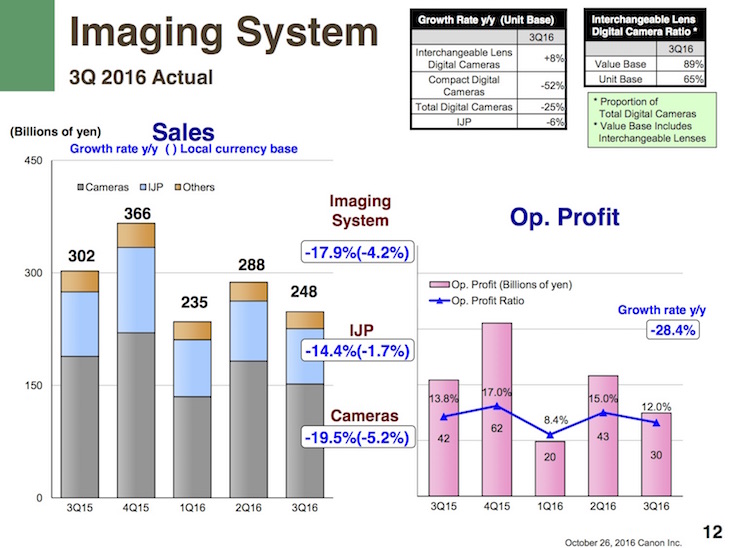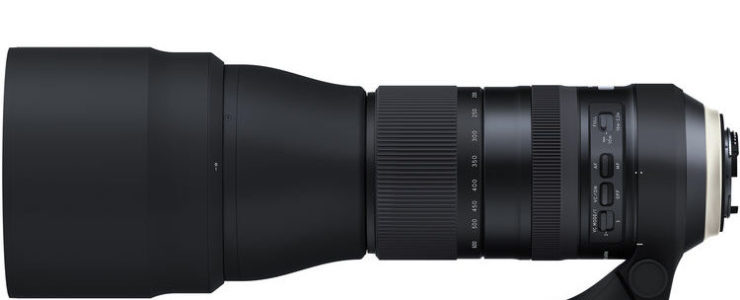Canon Cinema EOS C300 Mark II Camera utilised by Leonardo DiCaprio and Fisher Stevens to Create Before the Flood for National Geographic Channel
Canon EOS C300 Mark II (B&H Photo | Adorama) at a glance:
- New Canon 8.85 Megapixel CMOS Sensor
- Dual Canon DIGIC DV5 Image Processors
- Canon XF-AVC H.264 Codec
- Internal 4K/2K/Full HD Recording
- Twin 3G-SDI Outputs for up to 30p 4K
- Full Manual Control
- 1.77 Megapixel Color OLED EVF With Adjustable 60o Tilt Angle
- Uses All Canon CN-E Cinema Prime and Zoom Lenses
- Uses All Canon EF and EF-S Photo Lenses (Including Specialty Tilt-Shift and Other Models)
- Built-In Mono Microphone
- Removable LCD Monitor and Control Panel with XLR Inputs
- Removable Hand Grip
- Improved Low-Angle Camera Handle Extension
- Built-in Dual-Band Wi-Fi for Remote LiveView Display and Camera Control
Canon press release:
Leonardo DiCaprio and Fisher Stevens Utilize Canon Cinema EOS C300 Mark II Camera to Create Before the Flood for National Geographic Channel
MELVILLE, N.Y., October 28, 2016 – Canon U.S.A. Inc., a leader in digital imaging solutions, is proud to announce that Academy Awardâ winners Leonardo DiCaprio and Fisher Stevens chose Canon EOS Digital Cinema cameras and lenses, including the Cinema EOS C300 Mark II camera, for their new documentary Before the Flood. Directed by Stevens and produced by DiCaprio, the film presents a riveting account of the dramatic changes now occurring around the world due to climate change, as well as the actions individuals and society can take to help prevent catastrophic disruption on our planet. Before the Flood premieres on National Geographic Channel this Sunday, October 30th at 9 pm ET/8 pm CT in 171 countries and 45 languages. Coinciding with the television premiere, Before the Flood will also be released commercial free on a number of digital and streaming platforms around the world, including NatGeoTV.com and Nat Geo TV Apps.
The two filmmakers, known for their environmentally themed documentaries, joined forces for Before the Flood’s two-year production, which follows U.N. Messenger of Peace DiCaprio as he travels to five continents and the Arctic speaking to scientists, world leaders, activists and local residents to gain a deeper understanding of the complex issue of climate change and investigates concrete solutions to the most pressing environmental challenge of our time.
“Canon is honored to have been selected as the camera and lenses of choice in the creation of this documentary,” said Yuichi Ishizuka, president and COO, Canon U.S.A., Inc. “Viewers will see on Sunday, with the clarity of the imagery produced with Cinema EOS products, a compelling picture of the current environmental conditions around the world.”
To capture the stunning visuals of the documentary, cinematographer Antonio Rossi relied on a mix of Canon EOS Digital Cinema cameras. He began production with the EOS C500 and EOS-1D C Digital Cinema Cameras, the latter often rigged to a handheld camera stabilizer. They shot portions of the documentary in RAW 4K using the EOS C500 camera in conjunction with an external recorder.
When the EOS C300 Mark II camera was introduced, the production adopted it as their new “A” camera. “The switch to the C300 Mark II camera was seamless and easy, and we were happy to have on-board 4K recording as well as extended color gamut options,” Rossi said. “Overall, we found that Canon Cinema EOS cameras were the perfect tools for this project, as they enabled us to shoot in a variety of configurations while maintaining a consistently beautiful look and image quality.”
Before the Flood mixes interviews with some of the most influential world leaders, with chilling but beautiful footage from locations impacted by our changing global climate. Rossi and his team traveled north of the Arctic Circle to Greenland and to Canada’s Baffin Island to show the rapid ice melts, as well as to Sumatra to capture some palm oil farmers burning rain forest habitat, among other shooting locations.
Rossi primarily outfitted his cameras with the Canon CN-E 30-105mm T2.8 compact zoom lens and the CN-E 17-120mm T2.95-3.9 CINE-SERVO lens.
“Before the Flood is vital viewing for anyone who has any doubts about humanity’s role in global climate change,” Rossi said. “Working with Fisher Stevens and Leonardo DiCaprio on the film was a magical and elucidating journey.”
For more information about Canon Cinema EOS cameras and lenses, please visit the Canon U.S.A. website at cinemaeos.usa.canon.com
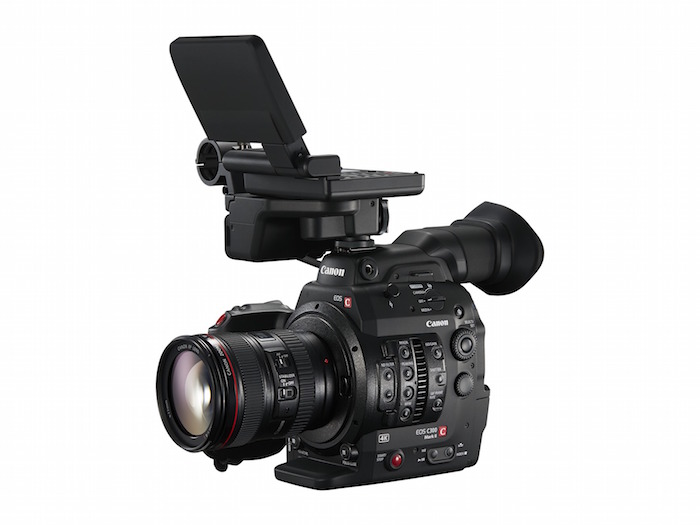

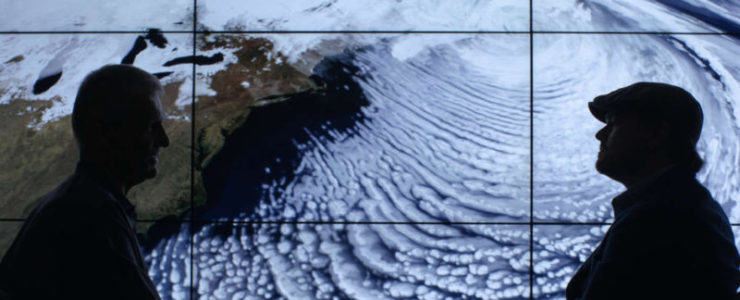
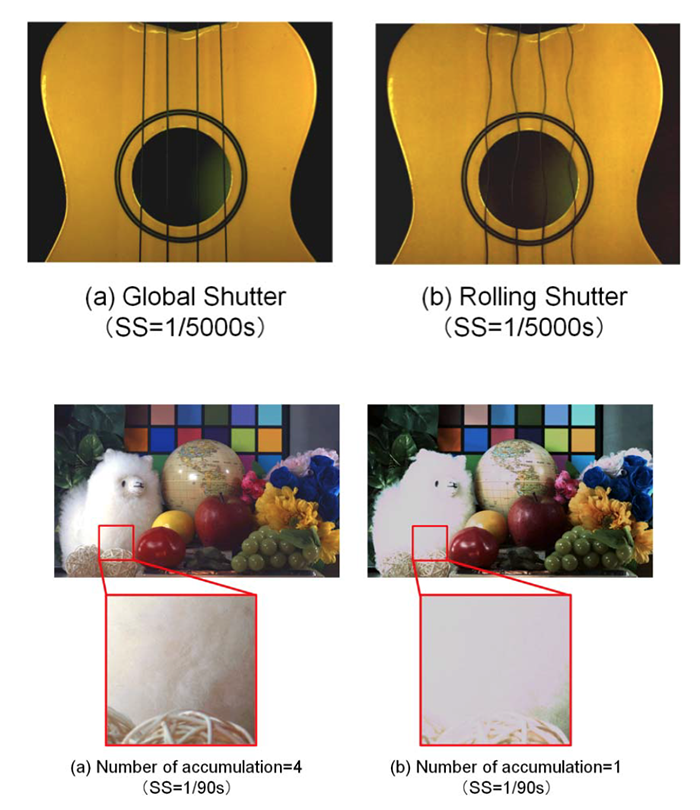
 In an interview at Photokina 2016 by the folks of
In an interview at Photokina 2016 by the folks of 